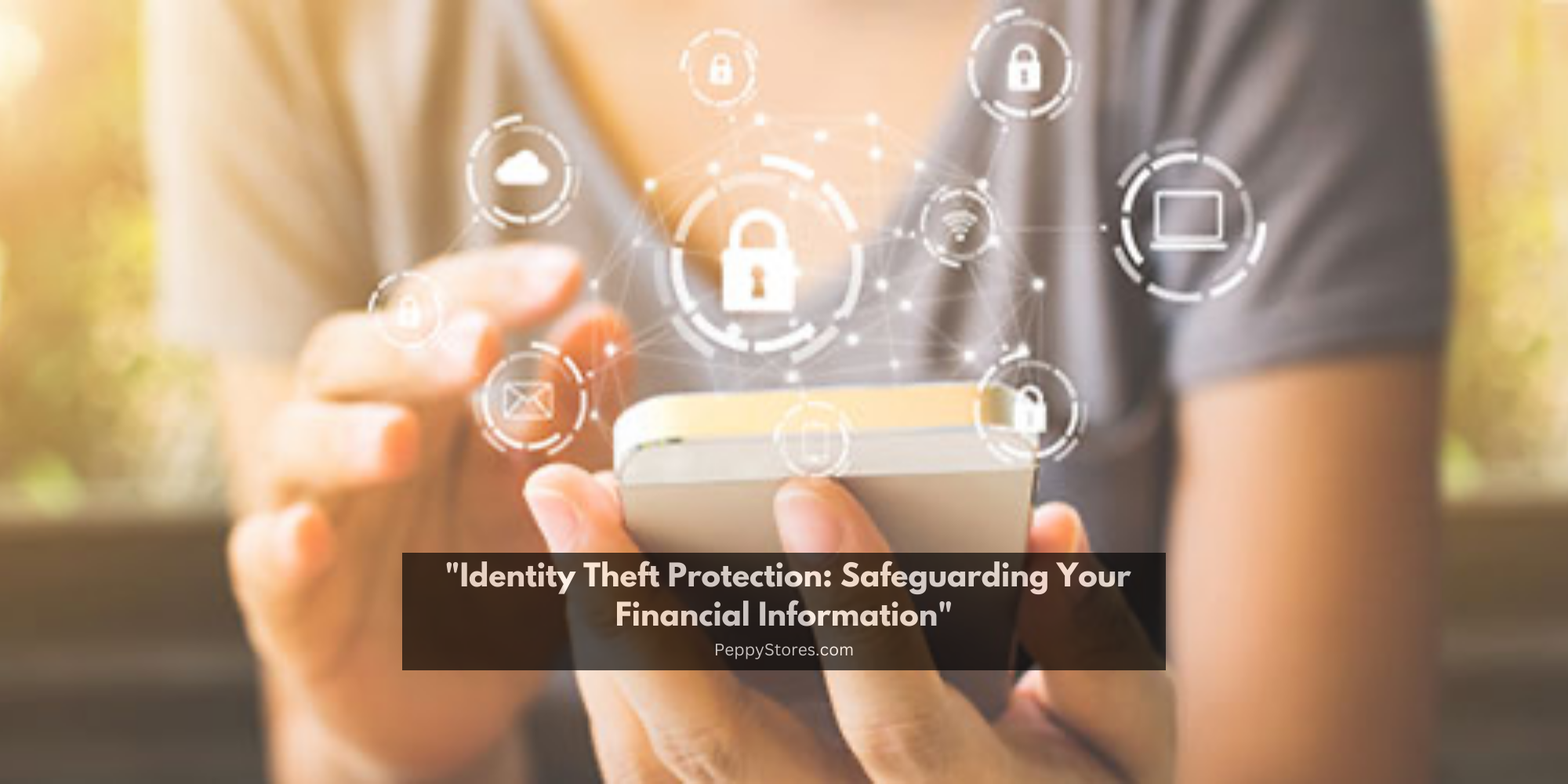In an age dominated by digital transactions and online connectivity, safeguarding your financial information has never been more crucial. Identity theft, the unauthorized use of personal information for fraudulent purposes, poses a significant threat to individuals’ financial security. This comprehensive guide aims to equip people living in the USA with the knowledge and tools necessary for effective identity theft protection. From understanding common tactics used by identity thieves to implementing proactive measures, let’s delve into the strategies that can help you safeguard your financial information.
Understanding Identity Theft
1. Types of Identity Theft:
Identity theft can take various forms, including financial identity theft, criminal identity theft, and medical identity theft. Financial identity theft, where an imposter gains access to your financial accounts, is particularly concerning for protecting your assets and credit.
2. Common Tactics Used by Identity Thieves:
Identity thieves employ diverse tactics to obtain personal information, such as phishing emails, data breaches, skimming devices on ATMs, and social engineering. Understanding these tactics is the first step toward developing effective protection strategies.
3. Potential Consequences of Identity Theft:
The repercussions of identity theft can be severe, ranging from financial losses and damaged credit to legal troubles if the imposter commits crimes using your identity. Recognizing the potential consequences underscores the importance of proactive protection.
Proactive Measures for Identity Theft Protection
1. Secure Your Personal Documents:
Safeguard physical documents containing sensitive information, such as Social Security cards, passports, and financial statements. Use a lockable filing cabinet or a secure, fire-resistant safe for added protection.
2. Shred Personal Information:
Shred documents containing personal information before discarding them, especially pre-approved credit card offers, bank statements, and medical records. Dumpster diving is a common tactic used by identity thieves to gather information.
3. Monitor Your Financial Statements:
Regularly review your bank statements, credit card statements, and other financial accounts for unauthorized transactions. Promptly report any discrepancies to your financial institution.
4. Use Strong, Unique Passwords:
Create strong and unique passwords for your online accounts. Use a combination of letters, numbers, and symbols, and avoid using easily guessable information such as birthdates or names. Consider using a reputable password manager for added security.
5. Enable Two-Factor Authentication (2FA):
Wherever possible, enable two-factor authentication for your online accounts. This adds an extra layer of security by requiring a second form of verification, such as a code sent to your mobile device.
6. Beware of Phishing Attempts:
Be cautious about emails, messages, or phone calls requesting personal information. Legitimate organizations typically do not ask for sensitive information via email. Verify the authenticity of communication before responding.
7. Regularly Check Your Credit Reports:
Obtain free copies of your credit reports from major credit bureaus—Equifax, Experian, and TransUnion—at least once a year. Review the reports for any unfamiliar accounts or suspicious activity.
8. Consider Identity Theft Protection Services:
Subscription-based identity theft protection services offer features such as credit monitoring, dark web monitoring, and identity theft insurance. Research reputable services and consider subscribing for added peace of mind.
9. Secure Your Devices:
Install antivirus software, keep your operating system and software updated, and use a firewall to protect your devices from malware and other cyber threats. These measures help prevent unauthorized access to your personal information.
10. Protect Your Social Security Number:
sql
Copy code
Be cautious about sharing your Social Security number. Only provide it when absolutely necessary, and never carry your Social Security card in your wallet. Social Security numbers are a prime target for identity thieves.
Responding to Identity Theft
1. Act Quickly:
If you suspect or confirm identity theft, act promptly. Contact your financial institutions to report unauthorized transactions, change passwords, and place fraud alerts on your credit reports.
2. File a Report with Law Enforcement:
Report the identity theft to your local police department. Obtain a copy of the police report, as it can be useful when disputing fraudulent charges and clearing your name.
3. Contact the Federal Trade Commission (FTC):
File a complaint with the FTC through their website (identitytheft.gov). The FTC provides resources and a step-by-step guide for victims of identity theft.
4. Monitor Your Credit Closely:
Continue to monitor your credit reports closely for any suspicious activity. Fraud alerts and credit freezes can provide additional protection against unauthorized access to your credit information.
5. Correct Errors on Your Credit Reports:
Work with the credit bureaus to correct any errors on your credit reports resulting from identity theft. Provide documentation and follow the dispute resolution process outlined by the bureaus.
Additional Tips for Enhanced Security
1. Educate Yourself:
Stay informed about the latest identity theft trends and tactics. Being aware of potential threats allows you to adapt your protection strategies accordingly.
2. Limit the Information You Share Online:
Be mindful of the information you share on social media and other online platforms. Avoid oversharing details that could be used to impersonate you or answer security questions.
3. Check for HTTPS:
When entering personal information online, ensure that the website uses a secure connection (HTTPS). Look for the padlock symbol in the address bar to verify the site’s security.
4. Be Skeptical of Unsolicited Communications:
Be cautious about unsolicited emails, messages, or phone calls, especially if they request personal information. Verify the legitimacy of the communication before providing any details.
5. Keep Software Updated:
Regularly update your computer, smartphone, and other devices with the latest security patches. Outdated software can be vulnerable to cyber threats.
Conclusion
Identity theft protection is a continuous process that requires vigilance and proactive measures. By understanding common tactics used by identity thieves and implementing the suggested strategies, you can significantly reduce the risk of falling victim to identity theft. Safeguarding your financial information is not only about reacting to potential threats but also about creating a security mindset that permeates your daily activities. Stay informed, be proactive, and take the necessary steps to protect your identity and financial well-being in an increasingly digital world.




